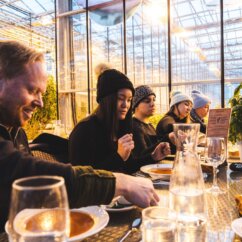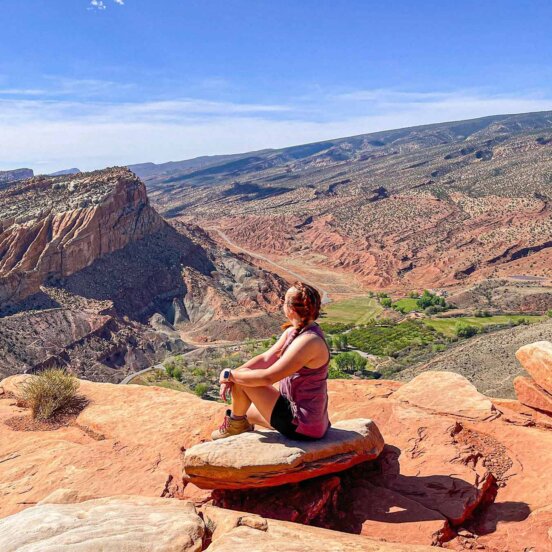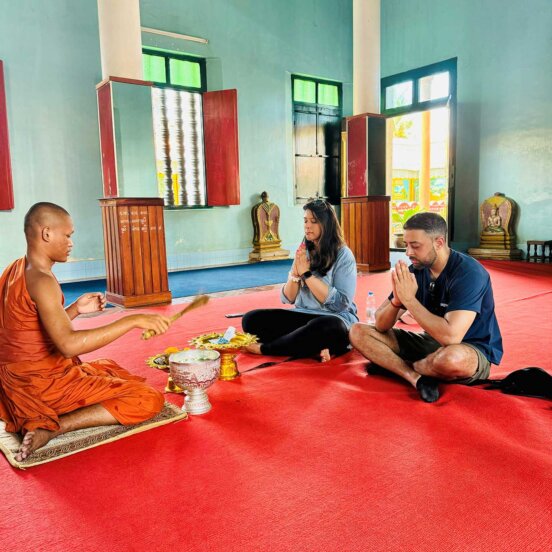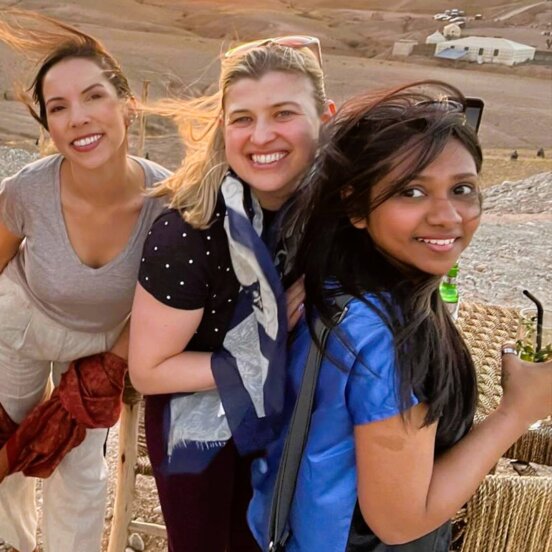Why is eating alone so popular in Japan?
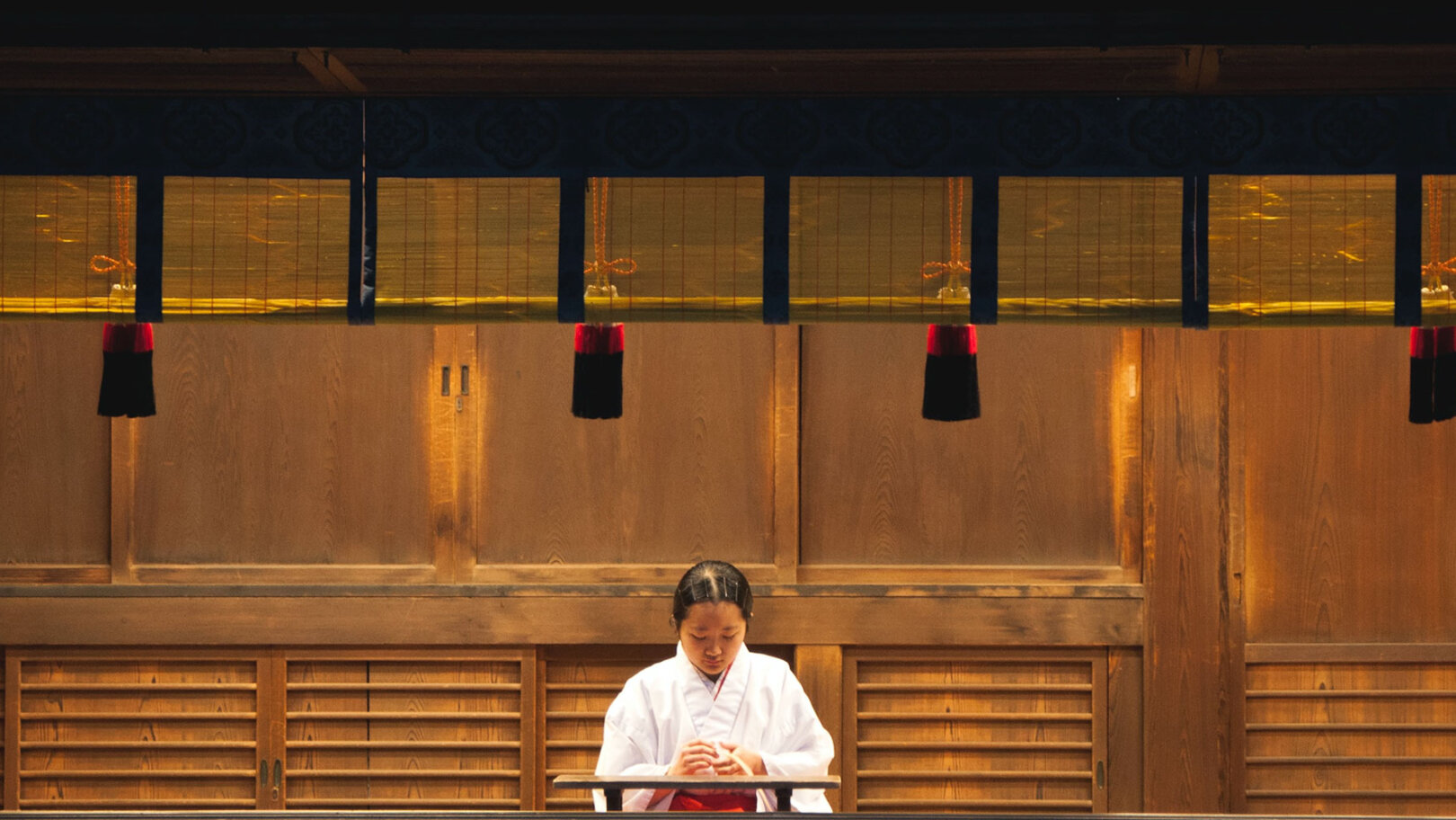
Thirty three floors up, I stare across central Tokyo. Between me and the (hopefully) very strong windows of the Shangri-La hotel sits Japanese afternoon tea: two tiny crustless sandwiches with indeterminate fillings, a tiny cake, a tiny scone, a tiny blob of clotted cream, a tiny jar of honey and a large pot of tea. There is also an empty chair as I am eating alone.
I have often dined out on my own (by ‘dined out’ I mean everything from eating a kebab sat in a side street to meals where they expect you to know your cutlery), but I’m still not sure how I feel about it. Yes, eating is easier if you don’t have to talk and it’s nice to have thinking time and be able to concentrate on your food. And yet, I also find it boring.
I like entertainment and distraction. If the food is good, I want someone else to experience how good it is with, especially so that others believe me. And a whole bottle of Cab Sav to myself is a look I feel unsure about. Which is why I visited Japan to watch, learn and participate in the capital of solo dining.
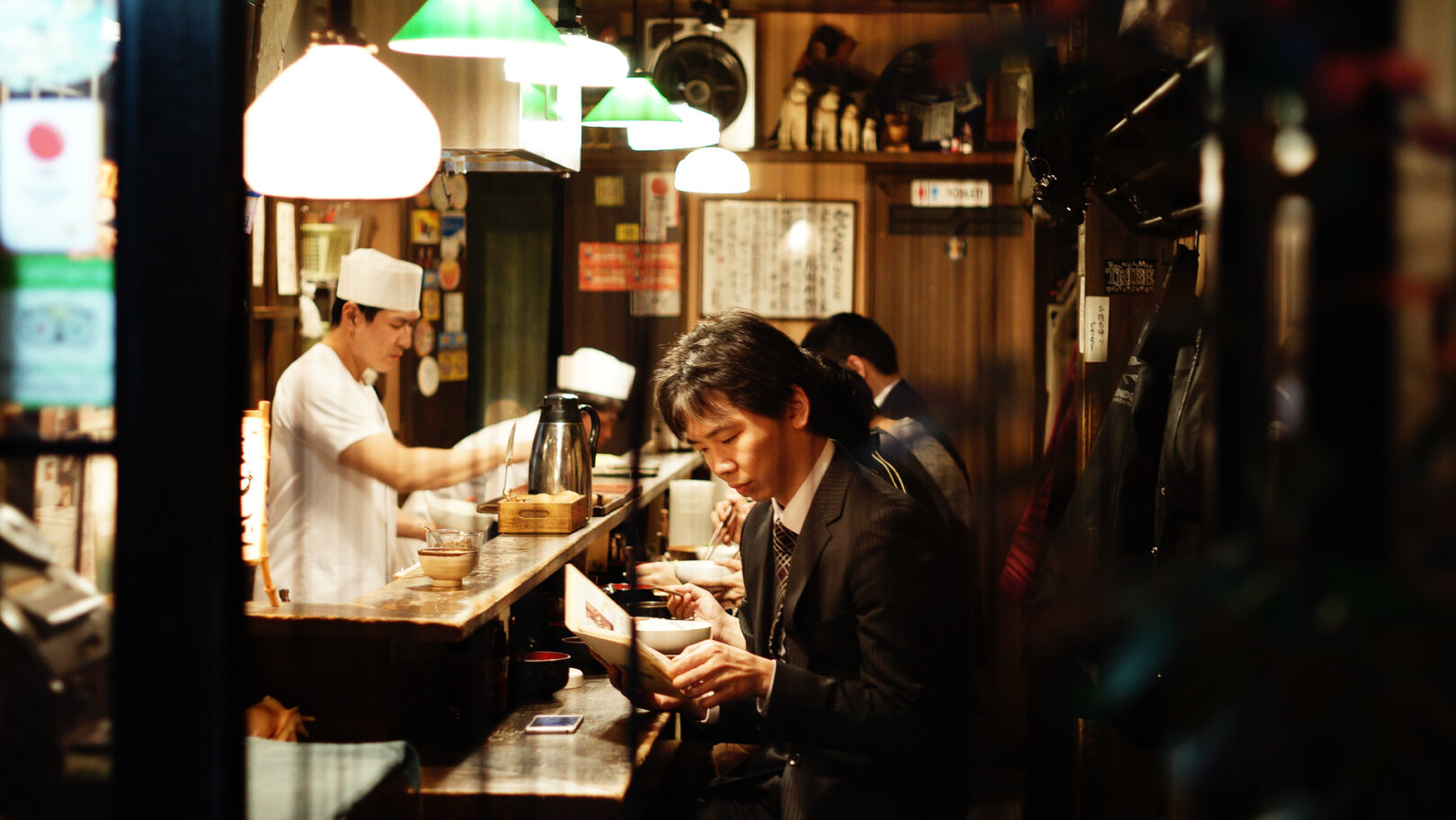
It’s cheap and cheerful and the place is full of people eating alone
The shrinking population and increase in single person households in Japan has been matched by an increase in requests for a table for one. But a tiny cream tea in a very posh hotel has taught me nothing.
The next day I head to the suburb of Kichijoji and wander into a noodle bar for some lunch. Udon, if you’re specific about your noodles. It’s cheap, cheerful and tasty and the place is full of people eating alone. I sit at a long table slurping my lunch while around me others do the same. There’s no eye contact. There are even eye-level screens splitting the table, so you can see the person opposite’s food but not their face. It’s privacy in the most public of places.
A couple of days later I head to the southern city of Kagoshima. Again, I eat alone in another noodle restaurant and a burger chain called Moss Burger. It’s the same in both places; people munching away with no-one to tell them if they’ve got something on their chin.
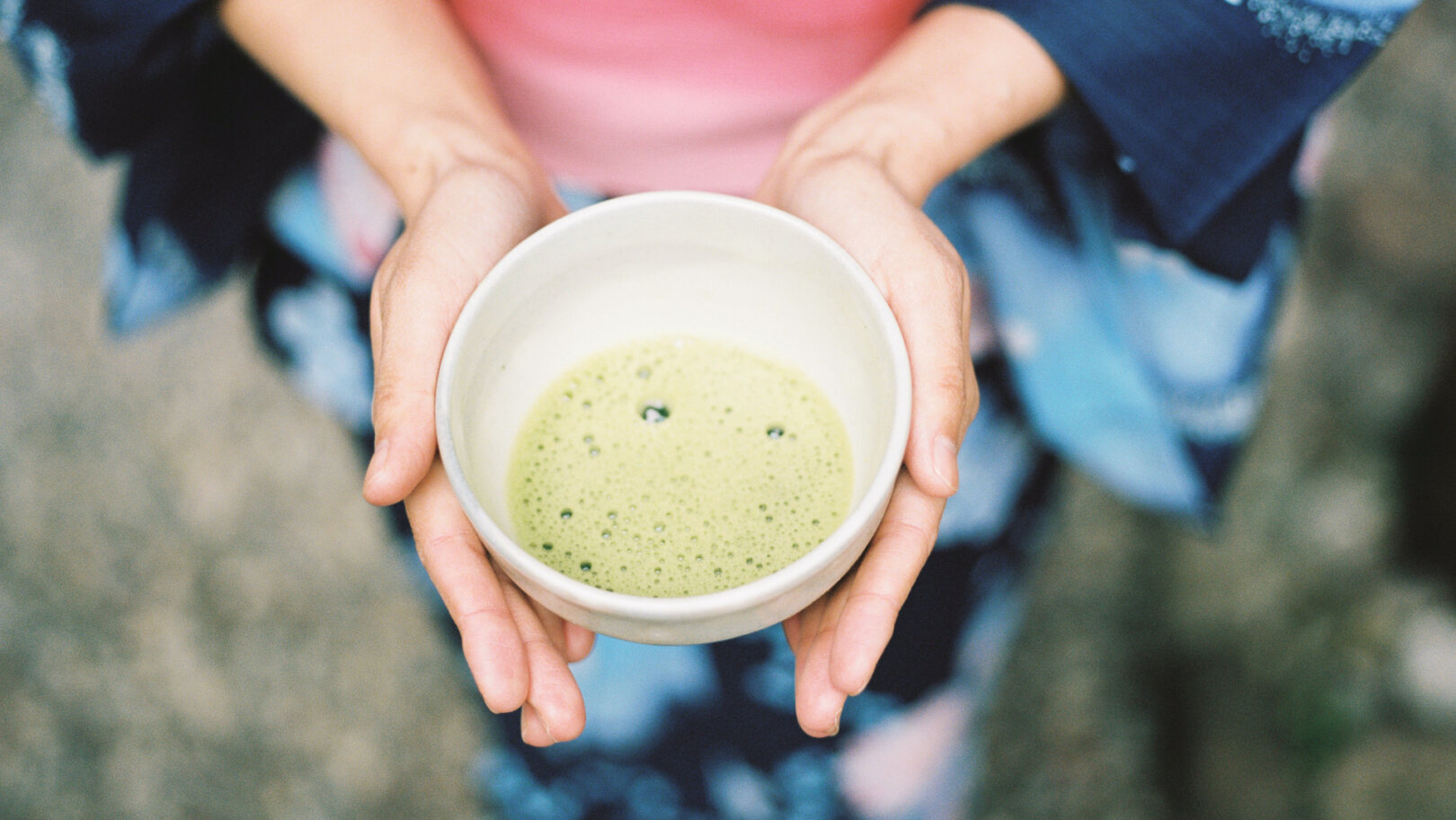
There is a feeling of safety and security in Japanese society
So why do they do it? “Sometimes it’s just an accident,” says Daishiro Masuzono. “Sometimes I’ve made plans with friends but I’m late getting out of work and they’ve eaten without me. I still want to enjoy the meal so I go on my own.”
I meet Daishiro in Fusion, a Kagoshima bar-restaurant run by British ex-pat, Paul Bengtson. Daishiro, Paul, I and another man are all eating a delicious slow-cooked pork rib spaghetti, washing it down with a Japanese craft beer and talking about eating alone. “There is a feeling of safety and security in Japanese society,” he continues, “this means people have no problem being on their own.”
The other man is Toshihiro Hirakawa, both are regulars at Fusion. “Sometimes my wife doesn’t want to eat out and I do,” says Toshihiro. “Maybe I want beef and she doesn’t, so I go out and eat. It’s normal. Most of the time, though, it’s because I work late and it’s not good to eat at that time, so I eat before I go home.”
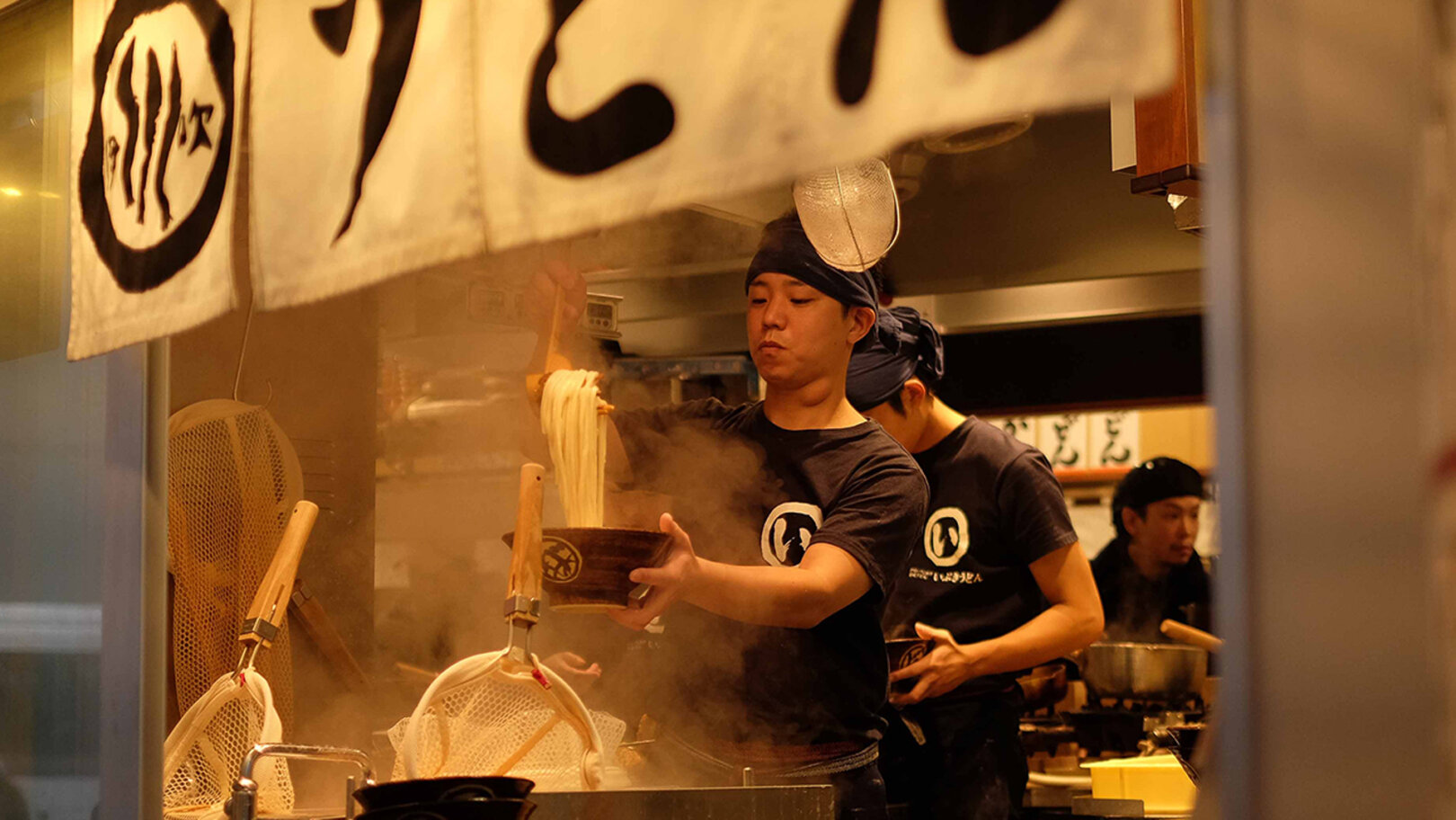
Some of the best ramen I ever had cost me £3 in central Tokyo
Paul says this is common in Japan. People don’t want to be wolfing down their dinner at 9pm when they get home. The upside of this is that the country is full of excellent, affordable places to eat.
Some of the best ramen I ever had cost me £3 in central Tokyo. I’ll be honest, it’s hard to go back to normality after that. Show a person in Japan what you spend £6 on in London at lunchtime and they’ll weep for you; their average cheap eat would have your London or New York foodies queuing round the block.
With all this delicious food, though, don’t they want to share the experience with someone? “Yes,” says Toshihiro. “I’d love my wife to be with me but it’s not always practical.”
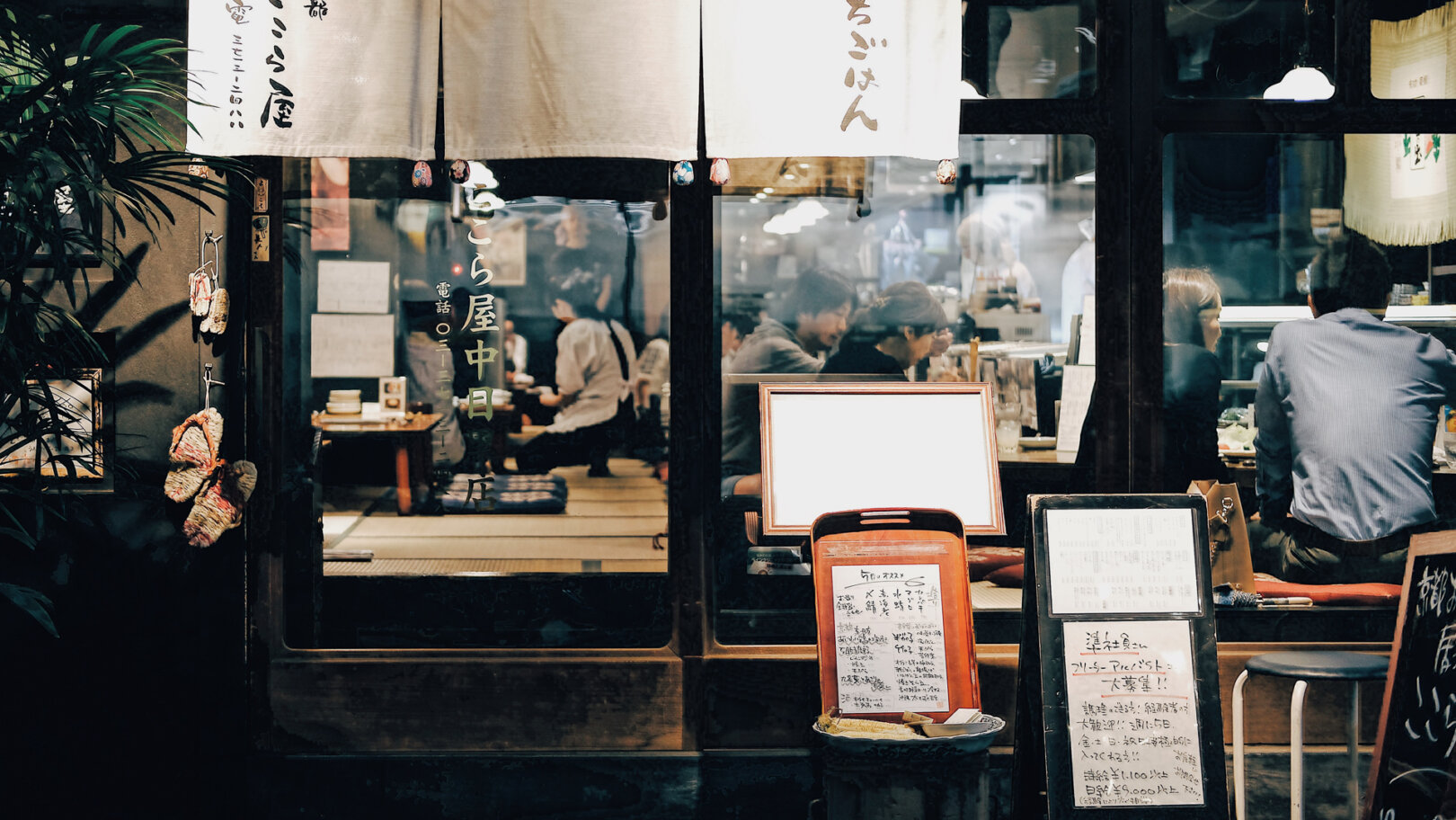
It’s normal to talk to strangers in a restaurant
However, it doesn’t have to be a lonely experience. In Japan, the staff are very friendly. It’s important to be a good host and the whole atmosphere is very egalitarian. If you’re a regular somewhere, there’s a sense of community. And it’s quite normal to talk to strangers in a restaurant, too.”
“Sometimes,” adds Daishiro, “it’s just easier to eat alone than making arrangements with other people.” So, other than convenience and the chance of making new chums, are there other benefits to eating alone? “There are dishes, like sukiyaki, which are delicious but are meant for sharing,” says Daishiro. “If you eat on your own, you don’t have to.”
“It’s the same with yakiniku, the Korean-style barbeque where you share the food,” adds Toshihiro. “You’ve chosen a perfect piece of meat, put it on the grill, watched it cook to perfection and then someone else takes it. That doesn’t happen on your own.”
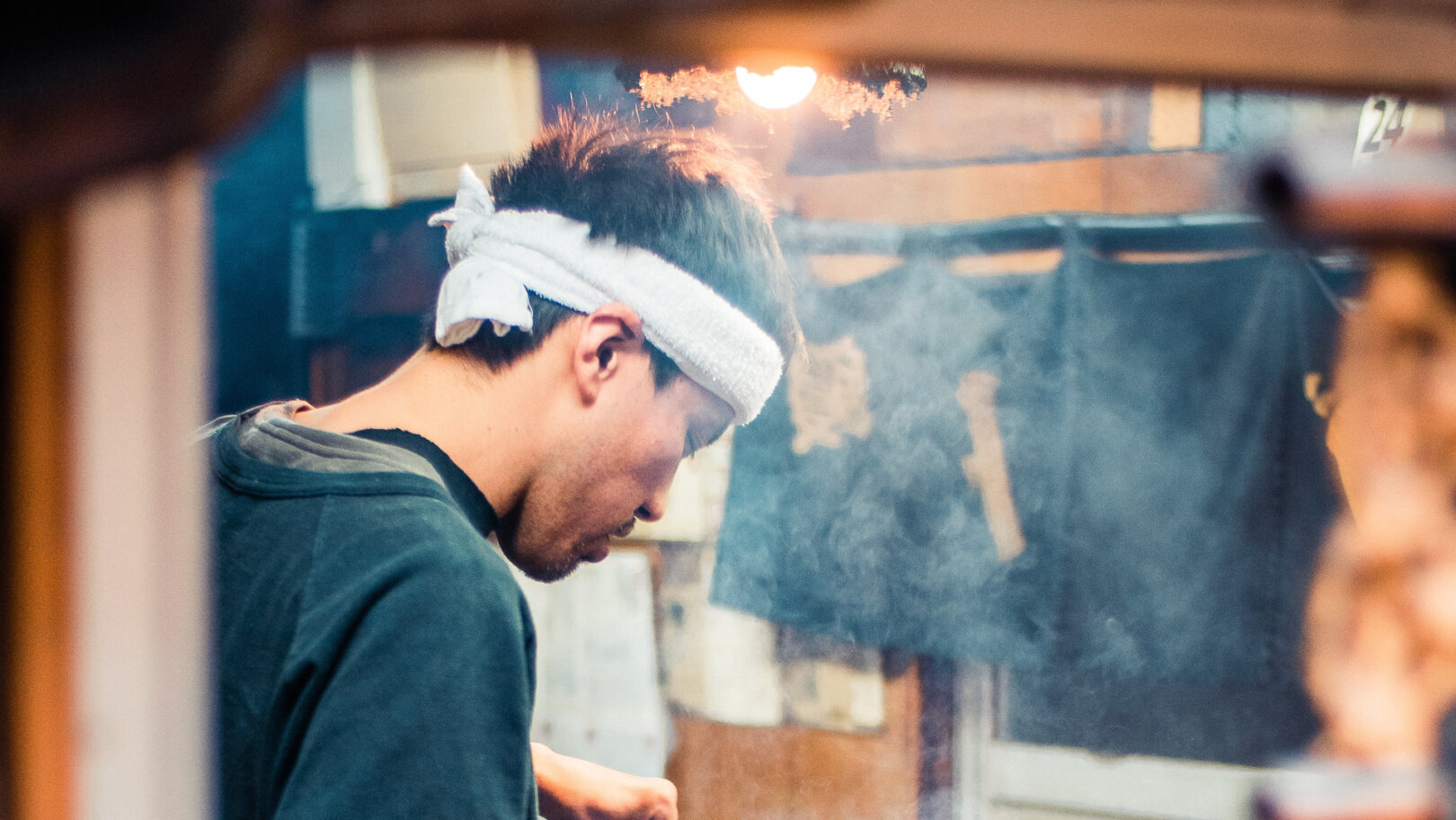
I’m happy locals are so comfortable eating alone
One thing I have noticed when dining alone in Japan is that I’m doing it differently to the locals. I crave distraction – or maybe I feel lonely – so I scroll on my phone, read the news, Google transfer rumours, WhatsApp and photograph my food for social media.
Yet people around me aren’t doing that. Nearly everyone else is just eating. This might be in part because phones in Japan, by law, have to make a noise when they take a photo, which would make the ‘gramming too cringeworthy for such a socially aware nation. But that wouldn’t stop general browsing. Perhaps, instead, there’s much to be said for being able to be fully present in the moment while eating solo.
I’m happy locals are so comfortable eating alone. I’m envious of the fact that they can eat excellent cheap food. I’m also concerned that a visitor here might not be able to reap the benefits of a society set up for solo dining.
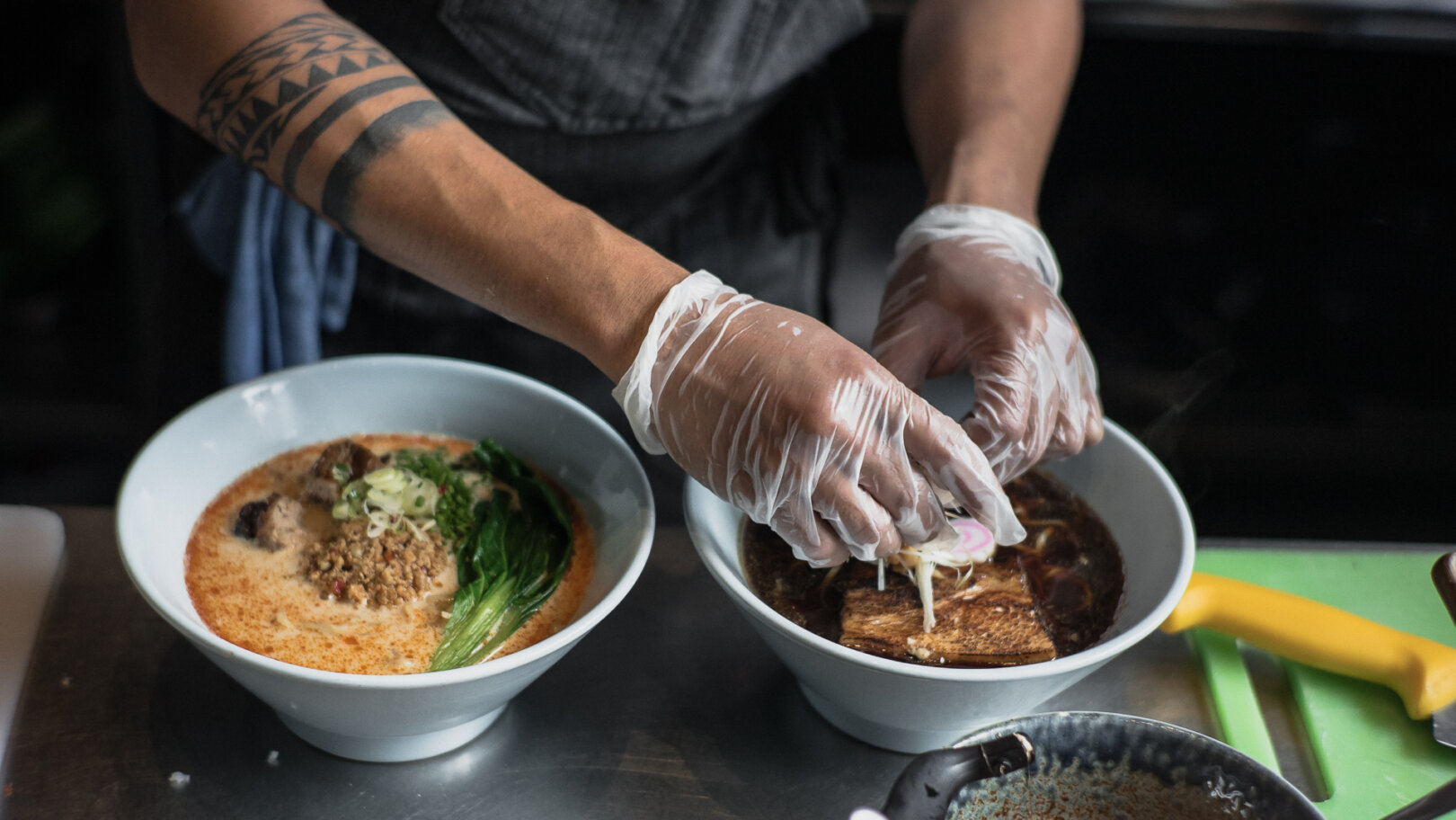
At one noodle chain, ramen is served to you in an individual booth
“It’s not a problem for visitors,” says Daishiro. “Even if they don’t speak English, or only speak a little English, the staff will make sure you are looked after and get what you want. You can walk into any restaurant and ask for a table for one.”
Toshihiro agrees. “Sometimes, they’ll put you on a table with another person who’s eating alone,” he says. “So maybe you can talk to them, but there’s no obligation. Sit in silence if you like.”
They suggest one more place I could try. Ichiran is a noodle chain that began in Fukuoka and has since gone global. You can only eat solo: ramen is served to you in an individual booth by a chef you can’t see. “The idea is that they want you to shut out distractions and concentrate on the food,” says Daishiro.

Would I want to eat alone every day? I would not
And so, one bullet train journey later, I find myself in Fukuoka, the ever so cool ‘Ramen Capital of Japan’. I order at a vending machine, a common feature of ramen restaurants (there’s English translation on the buttons). I get my ticket, find a booth, and fill in a form saying how I’d like my ramen (spicy, please).
Minutes later, a little bamboo shutter pops up and my ramen is placed in front of me by an anonymous hand that I really want to high-five.
It’s not quite the revelatory culinary moment I’d hoped for. Maybe I tasted the food more, maybe I didn’t – it was pretty good. But did I text? Did I take a photo? Did I get bored? I did not. Did I enjoy the experience? I did. Would I want to eat alone every day? I would not. Which, I reckon, makes me just like the locals.
Ready for your next adventure? Try group solo travel to Japan with Flash Pack – designed exclusively for people in their 30s and 40s, seeking the independence of solo travel within the safety of a group.
A cool 98% of Flashpackers arrive solo to join our group adventures. So, you’ll be in good company – whether a first time solo traveller or a seasoned pro looking for like-minded new friends.
Images: Unsplash and Flash Pack


